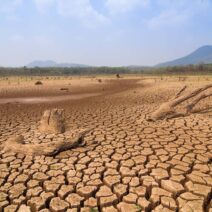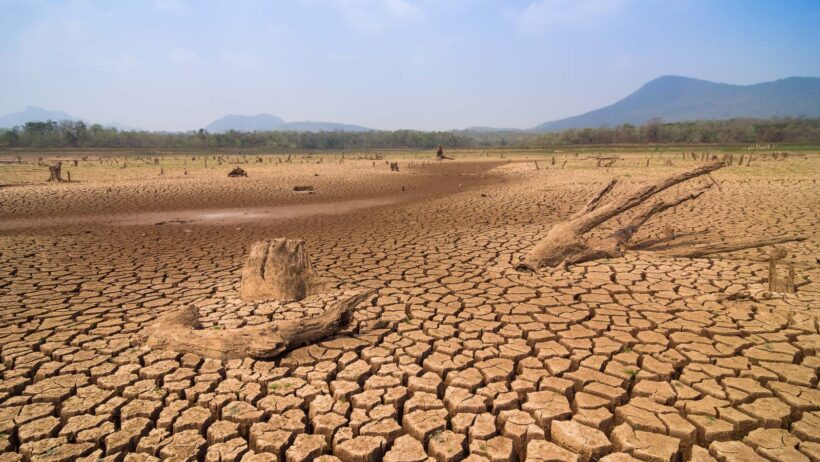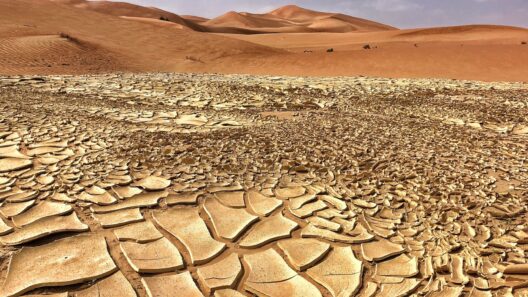Climate change stands as one of the most pressing challenges of our age, and yet, it is often mired in misunderstanding and confusion. For many, the term itself can evoke a sense of foreboding, leading to apprehension and skepticism. However, beneath the complexities of climate science, the fundamental elements of climate change merit clear examination. This article seeks to clarify what climate change entails, rectify misconceptions, and inspire readers to engage with the subject matter with heightened curiosity and informed perspectives.
At its core, climate change refers to significant, lasting alterations in temperature and typical weather patterns over extended periods, often decades to millions of years. The crux of contemporary discussions on climate change revolves primarily around anthropogenic factors—those arising from human activities. The burning of fossil fuels, deforestation, industrial processes, and agricultural practices all contribute to an exorbitant increase in greenhouse gases in our atmosphere, disrupting the delicate equilibrium of our planet’s climate systems.
The confusion surrounding climate change is exacerbated by a plethora of misconceptions. For instance, many individuals equate climate change merely with global warming—the long-term heating of Earth’s climate system. While global warming is indeed a critical component, it represents only part of a larger phenomenon. The terminology must be dissected; climate change encompasses not only rising temperatures but also shifts in precipitation patterns, increased frequency of extreme weather events, and alterations in oceanic currents, among other ecological outcomes.
This multifaceted nature of climate change invites exploration into its myriad consequences. One of the more alarming ramifications is the phenomenon known as “feedback loops.” This occurs when initial changes—such as the melting of polar ice—create additional factors that exacerbate the warming process. For instance, as ice melts, less sunlight is reflected back into space, resulting in further warming. This cyclical occurrence serves as a stark reminder of the urgency surrounding our climate crisis.
Moreover, it is crucial to consider the socio-economic ramifications of climate change. Vulnerable communities are often disproportionately affected, leading to increased inequality both within and between nations. Natural disasters intensified by climate change, such as hurricanes and wildfires, can devastate local economies and displace entire populations. This underscores the ethical dimension of climate discourse—whose responsibility is it to combat these changes and mitigate harm?
The implications of climate change extend far beyond mere economic concerns. They also envelop the ecological realm—biodiversity is under siege as habitats are obliterated and species face extinction. The phenomenon known as “ocean acidification” is particularly insidious. As carbon dioxide levels rise, oceans absorb excess CO2, leading to lowered pH levels that harm marine life, particularly organisms with calcium carbonate structures, like corals and shellfish. The intricate web of life on Earth is therefore intricately interlinked with climate stability, and thus, our actions have overarching consequences.
In addressing these challenges, the conversation inevitably pivots towards solutions—both prevention and adaptation. Nations are increasingly recognizing the necessity of implementing robust policies to thwart further degradation. Renewable energy sources, such as solar, wind, and hydroelectric power, present viable alternatives to fossil fuels. Transitioning to a low-carbon economy not only represents a proactive approach to mitigating climate change but also offers economic opportunities in emerging green sectors.
However, individual actions also play a pivotal role. Simple lifestyle changes, such as reducing energy consumption, minimizing waste, and supporting sustainable products, can collectively make a stark difference. Advocacy and awareness are paramount; fostering dialogue within communities can incite larger movements for change. Whether through grassroots initiatives, educational programs, or civic engagement, empowering individuals to take part in the climate conversation is vital.
Climate change negotiations, such as the Paris Agreement, demonstrate a global acknowledgment of the crisis. Such accords strive to unite nations under a common goal: to limit global temperature rise and subsequently reduce greenhouse gas emissions. Participation in these agreements reflects a growing recognition of our collective responsibilities, transcending borders and fostering a sense of interconnectedness amid shared challenges.
Still, skepticism simmers within the climate debate. Detractors raise arguments questioning the validity of climate science or downplaying its potential impacts. It is essential to approach these claims with both openness and analytical rigor. Engaging with credible research, understanding the consensus among scientists, and actively participating in discussions can help dispel myths and misunderstandings.
Ultimately, the discourse on climate change must pivot from despair to determination. Acknowledging the challenges and complexities can propel individuals and societies toward informed activism and effective change. Curiosity serves as a vital catalyst; it drives the quest for knowledge and solutions, ensuring that the conversation about climate change evolves and flourishes.
In conclusion, climate change—far from being a simple shift in temperature—is a convoluted challenge rooted in a myriad of interconnected factors. By clarifying the nuances, dismantling misconceptions, and promoting informed dialogue, we can foster a deeper understanding of climate dynamics. With promises of transformative possibilities stemming from our actions, we have the opportunity to reframe the narrative of climate change from confusion to clarity, uncertainty to empowerment. The future of our planet demands not only awareness but also proactive engagement; the time to act is now.








